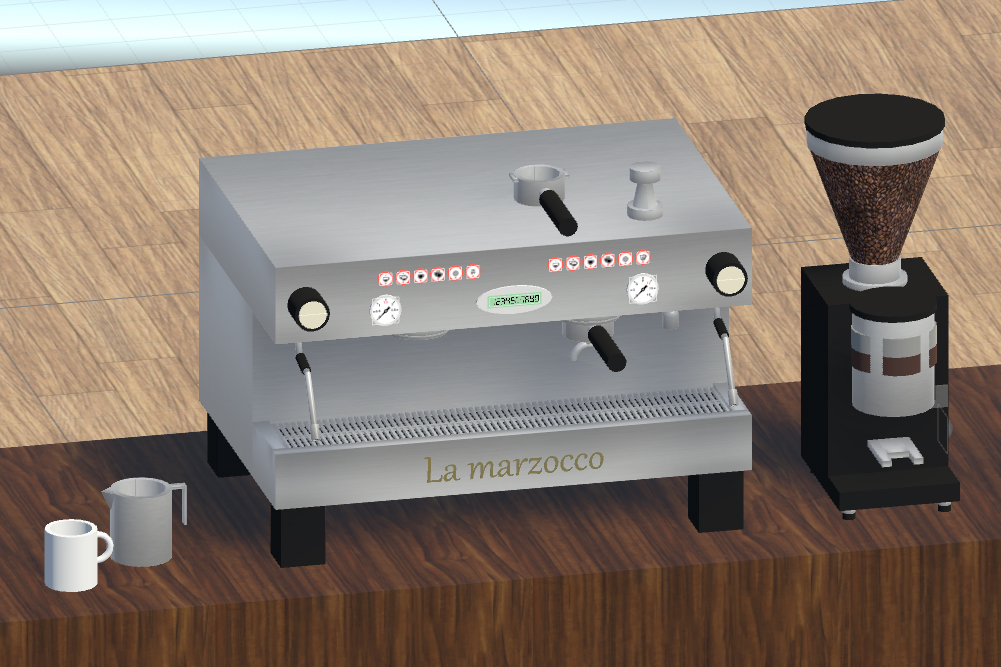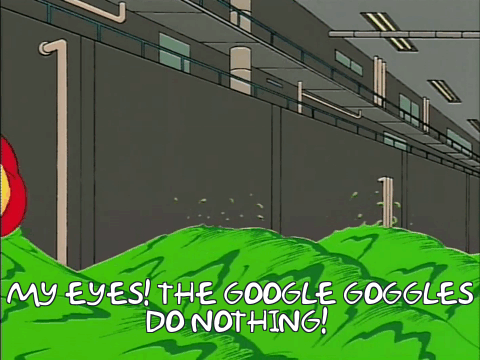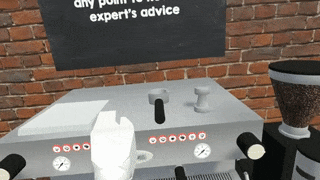
Want to learn to make a cappuccino? Don’t go to YouTube. Go to virtual reality. According to a new test conducted by engineers at Daydream—Google’s mobile Virtual Reality platform—“people learned faster and better in VR” than through training videos. And how did they come to this conclusion? By having test subjects make espresso.
According to an article in RoadToVR, the Daydream team is “currently conducting experiments with the aim of broadening virtual reality’s usecase to include more interactive learning.” To do this, test participants were divided into two groups, one that had to learn how to make espresso by watching videos on YouTube and one that got to pop on the ole Google Goggles and hop into a Sims-like world.
(I know Google Goggles aren’t VR headgear and that Google Goggles is image recognition software, but Google Goggles is fun to say. Google Goggles.)

The virtual travelers were equipped with a 3D model of an actual espresso machine, a La Marzocco Linea, as best we can tell, unless they boxed out a GB5 or something. But it definitely says La Marzocco on it. Ostensibly, the machine works exactly as a real-world machine would. That is to say, the VR machine is equipped with all the same buttons, knobs, and gauges you’d find on the actual machine. Also included on the VbaR is milk, a milk pitcher, tamper, and what appears to be the doser model of a Mazzer grinder.

It is unknown if the doser makes that clickety-clack sound.
The results, according to a blogpost by Ian MacGillivray, a software engineer at Google, were that “both the number of mistakes made and the time to complete an espresso were significantly lower for those trained in VR,” than those using video tutorials, on average only taking two physical run-throughs to make a passable espresso as opposed to the three on average for video users. But the bar was pretty low for what counts as “passable espresso;” MacGillivray admits that the “tasting panel wasn’t terribly impressed with the espressos made by either group.”
Prima facie, the outcomes makes sense. Many people learn better by doing than by watching, and VR replicates the act itself. It is still no replacement for real, hands-on training, but if you don’t have an espresso machine at the ready, virtual reality may just be the next best thing.
Zac Cadwalader is the news editor at Sprudge Media Network.
*all media via MacGillivray’s blog.
The post Learning To Make Espresso Is Easier With Virtual Reality appeared first on Sprudge.

